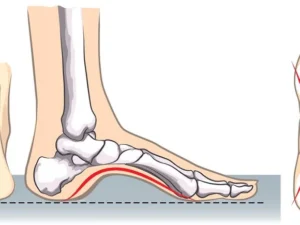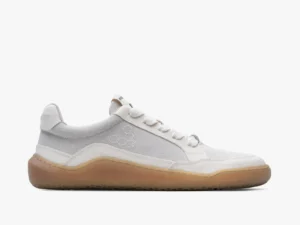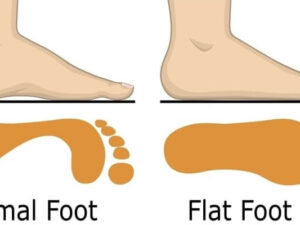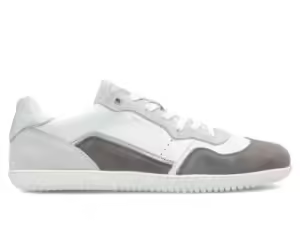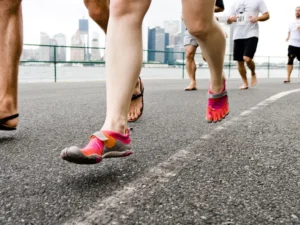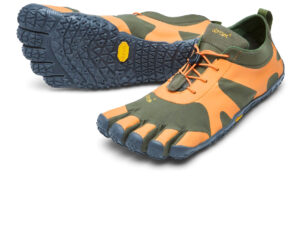Are Barefoot Shoes Good For High Arches? Let’s Step It Up & Find Out 🤔
So, you’ve got high arches, and now you’re wondering if barefoot shoes are your new best friend or your worst enemy. It’s a fair question! If you’ve ever been told that your foot type needs extra support, the idea of slipping into a shoe that’s all about minimalism might seem a bit…well, counterintuitive. But stay with me 🙏
Here’s the thing—barefoot shoes have been gaining serious traction (pun intended) among people looking to enhance their natural foot mechanics, including those with high arches. Whether you’re a seasoned barefoot enthusiast or just curious about the hype, this article is here to break it all down. We’ll explore how barefoot shoes can benefit those archy feet of yours, what to watch out for, and whether making the switch is worth your while.
Ready to step into the world of barefoot shoes? Let’s lace up (or not) and dive in!

Understanding High Arches: What’s Going On ‘Down There’? 😆
High arches, or cavus feet if you want to get all technical, are when the arch of your foot is higher than average. Imagine a bridge that’s a little too arched—that’s basically what’s happening with your foot. While some people have arches that sit closer to the ground, others, like you, might be rocking those sky-high arches. But what exactly does that mean?
Having high arches can affect how your feet handle weight and impact. Since your foot doesn’t roll inward as much when you walk or run, it places more pressure on the heel and ball of the foot. This can sometimes lead to discomfort, pain, or even problems like plantar fasciitis, which is as unpleasant as it sounds. I did a deeper investigation on plantar fasciitis previously in this article.
So, what causes these lofty arches? Well, it can be a mix of things. For some folks, it’s just how they’re built—genetics can play a big role. If your parents had high arches, there’s a good chance you inherited them. In other cases, high arches can be linked to neurological conditions like Charcot-Marie-Tooth disease or even polio. But don’t panic – most people with high arches don’t have an underlying condition, I’m just trying to give you the best overview possible. That can be just how their/ your feet are naturally shaped.
Whether your high arches are inherited or just the way your body decided to develop, it’s important to understand what they mean for your feet and how to take care of them. After all, they’re the foundation you walk on every day!
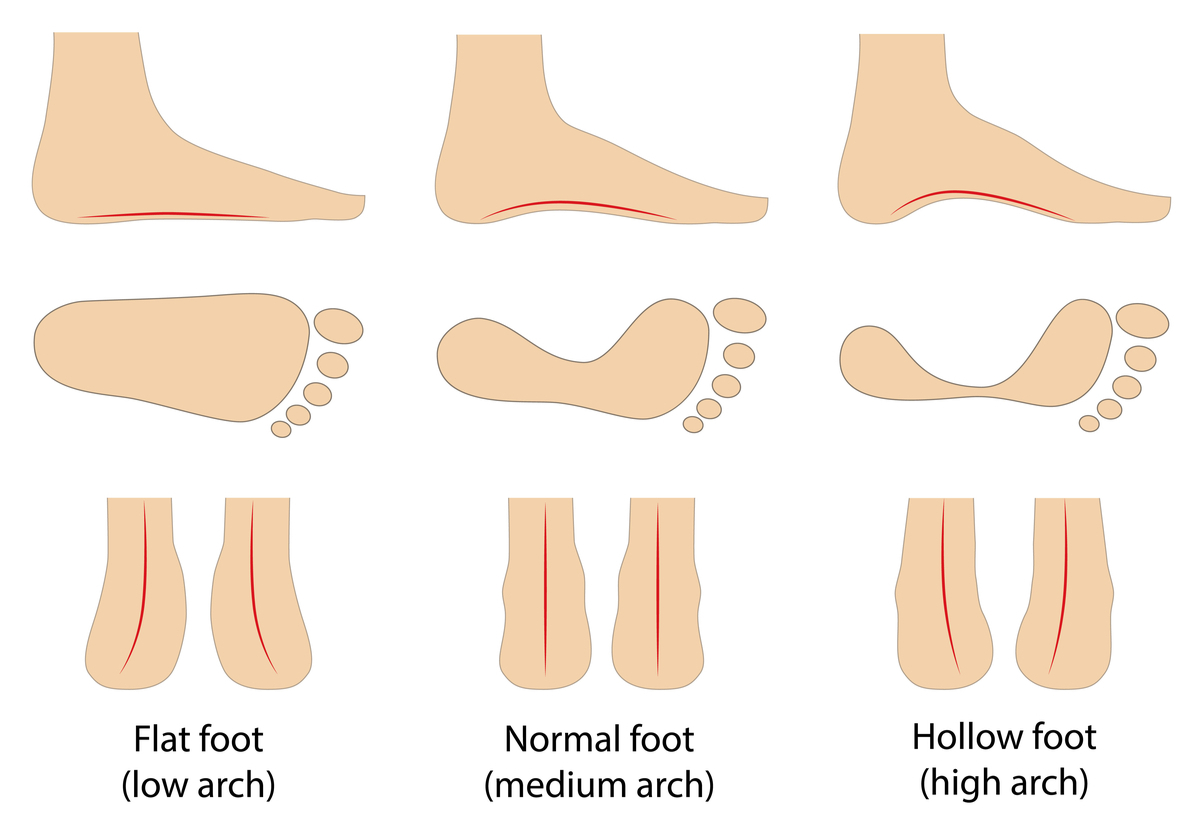
The Barefoot Shoe Debate: High Arches Edition
So, you’ve got high arches and you’re eyeing those sleek, minimalist barefoot shoes. But the question remains: will they be a game-changer for your feet or leave you longing for the cushioned comfort you’re used to? Let’s break it down.
The Pros: Freedom for Your Feet – One of the biggest perks of barefoot shoes for high arches is the freedom they give your feet. Unlike traditional shoes with rigid arches and thick soles, barefoot shoes encourage your feet to move naturally. This can help strengthen the muscles in your feet, including those in your arches, potentially reducing the strain and discomfort that often come with high arches. By allowing your feet to engage more fully with the ground, you may also experience better balance and stability, which can make a world of difference in everyday activities. IYKYK!
Another bonus? The improved posture and alignment that comes with barefoot shoes. Since they promote a more natural walking style, you might find that your entire body—from your ankles to your spine—feels more aligned. This could alleviate some of the pressure that high arches can place on other parts of your body, like your knees and lower back. The body is weird isn’t it? But it’s a good reminder to always be checking in with yourself and how different things are feeling – good or bad!
The Cons: Adjusting to the Barefoot Life – However, the transition to barefoot shoes isn’t always a walk in the park, especially for those with high arches. Because these shoes offer little to no cushioning or support, your feet will need time to adjust to the lack of padding. Initially, you might experience some soreness or discomfort as your foot muscles adapt. It’s like switching from a cozy, plush mattress to something firmer—your body needs time to get used to it. The adjustment period is real guys.
There’s also the fact that barefoot shoes don’t offer the kind of arch support that some people with high arches rely on. If you’re someone who’s used to orthotics or highly supportive shoes, the minimalist design might feel a bit too minimal, especially at first. It’s important to ease into wearing barefoot shoes gradually, giving your feet the time they need to strengthen and adapt.
The Verdict: Worth a Try? – All in all, barefoot shoes can be a great option for those with high arches, but it’s not a one-size-fits-all solution. The potential benefits—like stronger feet, improved balance, and better posture—are definitely worth considering. However, the key is to listen to your body and take it slow. If you give your feet the time they need to adjust, barefoot shoes could become a comfortable and beneficial part of your footwear lineup, helping you live more comfortably with those high arches.
Any questions? Drop me a comment or a message! I’m super happy to help my barefoot besties where I can 🤩 😇



